UK’s Impressive Contribution to Technological Space Developments
18th Mar 2022
The space industry is actively growing worldwide, and today’s space developments are truly stunning. The commercialisation of space at the beginning of the 21st century has accelerated the space race and the advances in space technology. What seemed impossible 20 years ago is now commonplace. The capabilities of launch vehicles and satellites have grown exponentially, while their size and launch costs have decreased. Private companies participate in moon colonisation programmes and send tourists into space, while governments are allocating more and more funds for research and space technology development.
As a world leader, the UK makes its significant contribution to space exploration and the latest developments in space technology. The country is in the TOP 10 space powers, ranks 4th in the Global Innovation Index, 3rd in the world for the number of technology “unicorn companies,” while Scotland produces more satellites than all of Europe combined.
But the British government wants more when it comes to space technology development. The National Space Strategy, adopted this autumn, envisions an increase in UK participation in the global space market from 5% to 10% by 2030. There is every reason for this — a rich background and a whole range of programmes adopted over the past 10 years to stimulate the UK space industry:
- National Space Technology Programme (NSTP),
- National Space Innovation Programme (NSIP),
- Launch UK,
- International Partnership Programme (IPP).
Orbital Today will describe which space technologies Britain can rightfully be proud of and what other space trump cards the UK has up its sleeve.
Early Space Developments: Bacon Fuel Cells
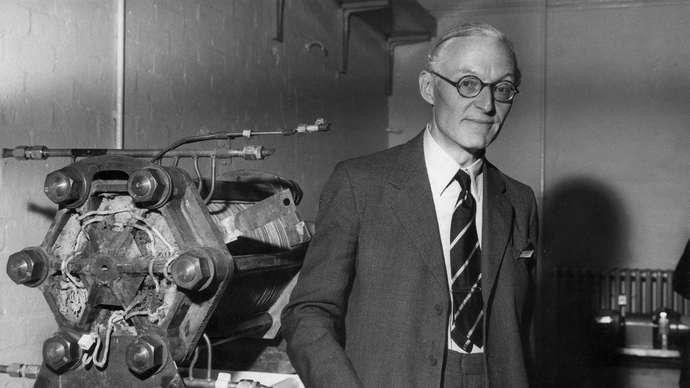
One of the first advances in space technology took place in the 1930s when British engineer Francis Thomas Bacon developed the world’s first alkaline fuel cell, which received energy from the reaction of hydrogen and oxygen. It was Bacon’s fuel cells that played one of the key roles in implementing the NASA Gemini programme.
The Gemini space flight required 200 kilowatt-hours of electricity. To provide it, the most advanced silver-zinc battery had to weigh 1.5 tons, a solar cells battery – 335kg, while the installation mass of hydrogen-oxygen fuel cells was only 225kg. Considering that every gram counts in space, the choice in favour of fuel cells was obvious. Besides, they had other advantages. Unlike solar panels, they generated energy continuously and could have any geometric configuration based on spacecraft requirements.
Later, the fuel cells went to the moon as part of the Apollo mission. Besides, they not only supplied the space crews with electricity but literally watered them. For each kilowatt-hour of electricity generated, they released about a litre of absolutely potable water as a by-product.
Virgin SpaceShip Unity
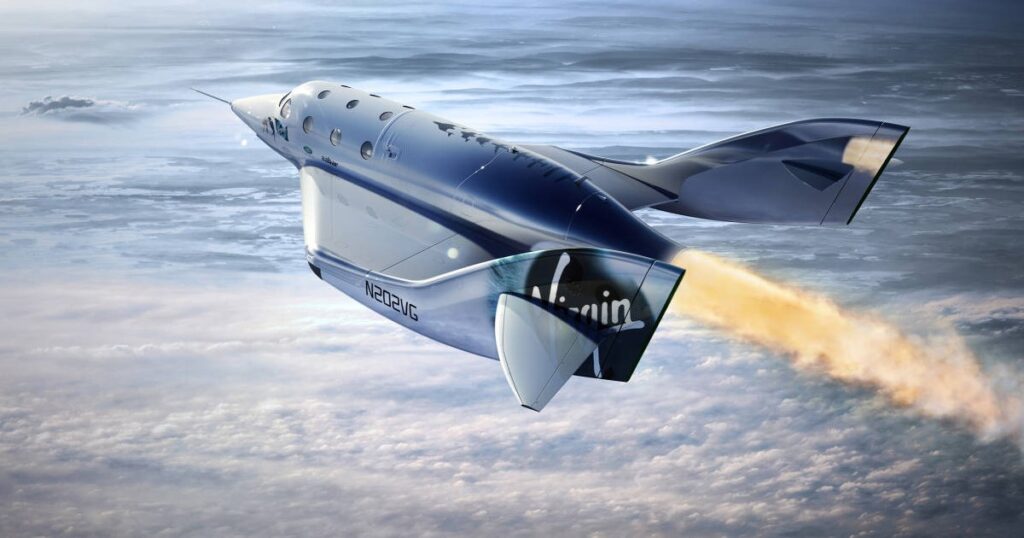
Of recent developments in space technology, the suborbital ship, developed by Virgin Galactic and designed for space tourism, is most notable. The company is based in the USA but belongs to the British Sir Richard Branson, who is rightfully considered the pioneer of private space, along with Elon Musk and Jeff Bezos. All three started in the 2000s, and today, their companies are leaders in their niches. Branson chose space tourism, and it was his company that conducted the first suborbital tourist flight in July 2021.
VSS Unity uses air-launch technology. In towed mode, the rocket-plane is brought to an altitude of 20 km on a special two-body White Knight Two aircraft, after which it undocks and flies along a suborbital trajectory with a controlled landing. The flight lasts for 2.5 hours, and passengers spend six minutes in zero gravity.
VSS Unity has received all the necessary licenses to operate, and more than 600 people have bought tickets and are waiting in line to board it.
Skylon
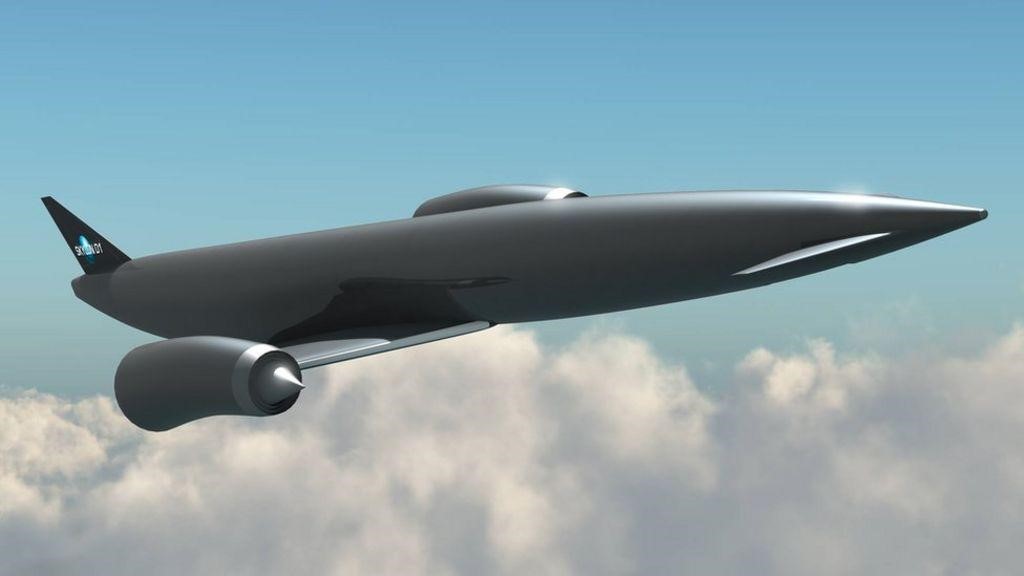
The Skylon reusable single-stage spacecraft concept has been developed by the British company Reaction Engines Limited since the early 2000s. The technology is based on the SABER hybrid jet engine, which operates both in the atmosphere and in space.
The Saber can accelerate a rocket plane to a speed five times faster than the speed of sound and switch to rocket mode to enter orbit at an altitude of 25–28 km. Another advantage of Skylon is its reusability. The rocket plane will be able to make a controlled landing on the runway, and its body with a ceramic composite skin can withstand the conditions of re-entering the atmosphere up to 200 times.
Calculations show that using Skylon will reduce the cost of 1 kg payload delivery by 2–3 times, and Reaction Engines believes that their technology will replace not only launch vehicles, but also airliners since it will be able to deliver cargo and passengers (up to 30 people) to any a place on Earth in less than 4 hours.
The Skylon project, a great example of space technology for sustainable development, is valued at £12bn and is funded by the British government, ESA, and private sources. The first operational flights are expected in 2025-2026.
OneWeb
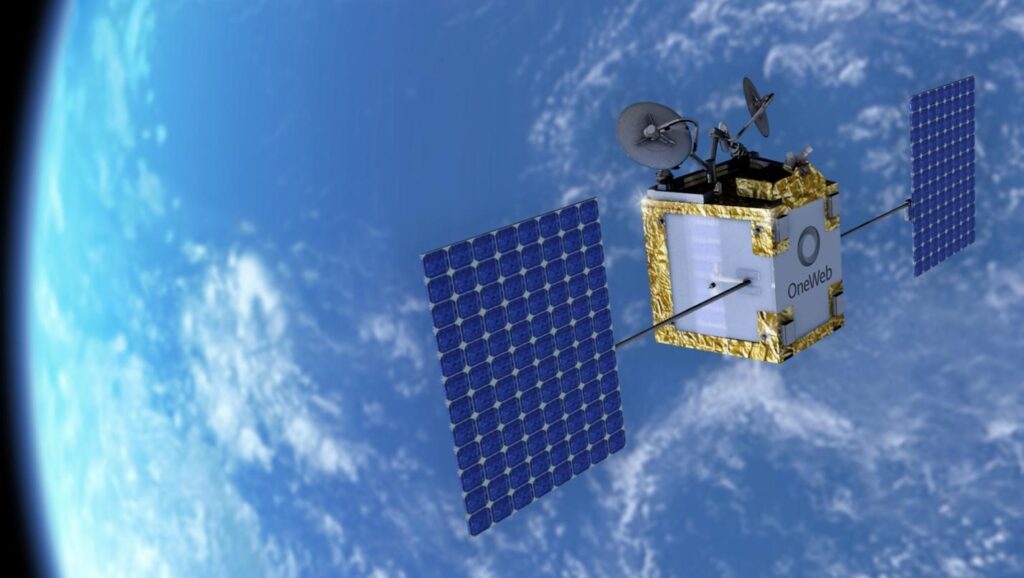
Among recent developments in space technology, one cannot forget the British telecommunications company OneWeb. OneWeb is creating a global satellite network to provide mobile broadband Internet speeds up to 150 Mbps. A constellation of 648 small satellites is gradually deployed in 18 orbital planes, 36 vehicles each. Currently, half of the satellites have already been deployed, and it is expected that network test operation will begin by the end of the year, replenishing the list of latest developments in space technology made in the UK. It will be possible to connect a cell phone, tablet or laptop to satellites through the OneWeb user terminal, which consists of a satellite dish, a receiver and a Wi-Fi / LTE / 3G communication unit.
Notably, OneWeb’s direct competitor is SpaceX, working on its own constellation, Starlink. However, unlike Starlink targeting individuals, OneWeb focuses on providing communication for private businesses and government organisations, including the defence complex.
Ecosene
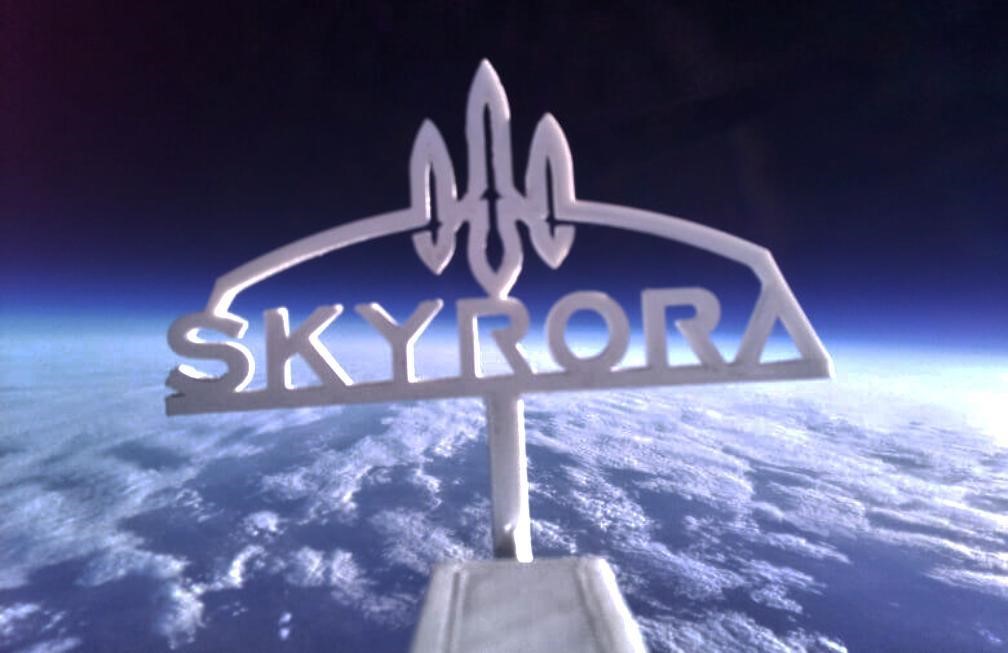
The Ecosene technology, proposed by the Scottish aerospace company Skyrora, produces high-quality ecological rocket fuel from plastic waste – another great example of space technology for sustainable development. It is based on an innovative method of processing polypropylene, polyester, polystyrene and its derivatives into a high-quality type of kerosene (Ecosene), exceeding the energy characteristics of ordinary kerosene by 1–3%. About 600kg of plastic is required to obtain one ton of such fuel. Skyrora believes that using Ecosene will minimise the growing challenges of recycling global waste and reducing fossil fuels.
The company plans to use Ecosene on its Skyrora XL rocket, expected to make a debut launch in 2022.
Space Tug
Skyrora can offer more recent developments in space technology. The Edinburgh-based company is fighting not only pollution of the Earth, but also of space, further contributing to the latest developments in space technology. Its innovative Space Tug aims to solve the problem of space debris, emphasising space technology for sustainable development of our planet’s resources. Today, there are more than 3,000 active satellites in various orbits and about 20,000 fragments of spent vehicles, which rotate in orbit at an insane speed. This poses the threat of the Kessler Syndrome when the collision of two large objects will cause a chain reaction and lead to massive explosions. If this happens, the outer space around the Earth will become completely unusable. That is why many countries are already sounding the alarm and promptly addressing the problem with new advances in space technology.
The space tug design is based on the Skyrora XL upper stage with adaptations for survival in the space environment. So what can Space Tug do?
- Remove space debris from orbit or transfer to a removal orbit;
- Launch payload to different orbits and altitudes (including lunar orbit);
- Adjust satellite or spacecraft orbits;
- refuel spacecraft;
- carry out interplanetary missions.
Space Tug should prove itself in early 2022 when Skyrora starts launching from the British SaxaVord Spaceport in the Shetland Islands. No doubt, those are not the only space technology development examples originating from Britain – a whole book would not be enough to describe them. The most important thing is that the UK actively develops all space directions instead of focusing on just one. This means that new space developments will not keep us waiting.
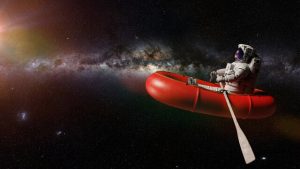

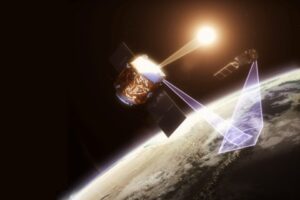



Thank you for your comment! It will be visible on the site after moderation.